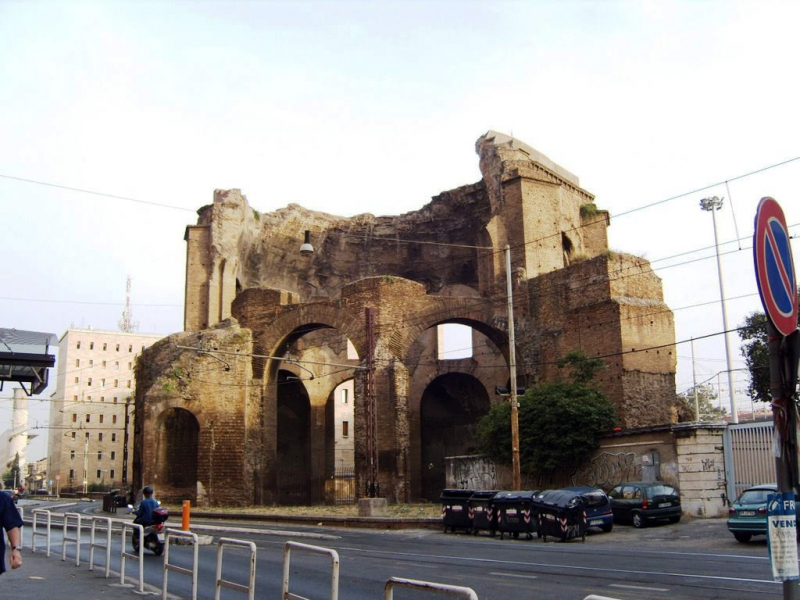Temple of Minerva Medica

Between the Via Labicana and the Aurelian Walls, the Temple of Minerva Medica is a ruined Imperial Rome nymphaeum. It presently faces the contemporary Via Giolitti and was formerly a part of the Horti Liciniani on Esquiline Hill. It was previously believed to be the Minerva Medica temple, but it is actually a 4th-century nymphaeum, a structure devoted to nymphs and frequently related to the water supply.
Despite the whole dome collapsing in 1828, the decagonal structure in Opus Latericium, an old Roman building method, has been relatively well maintained. Other chambers were eventually constructed, and it is enclosed on three sides. The building shows a change in Roman secular architecture between the Pantheon's dome and the Domus Aurea's octagonal dining room, as well as the architecture of surrounding Byzantine churches.
The hall was around 24 meters in circumference and 33 meters tall. Alongside the entryway, there are nine niches within, and ten round-arched windows are located above them. At one time, marble covered both the interior and external walls.










